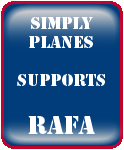Westland Wessex
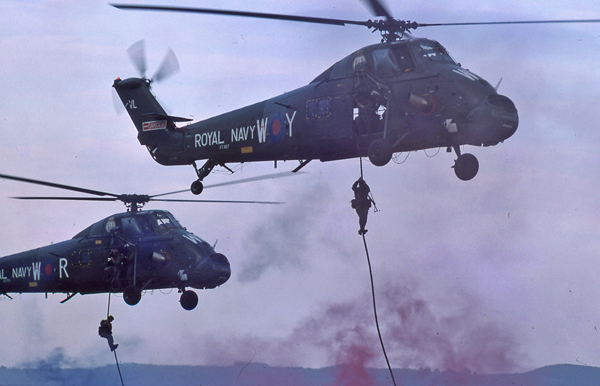
Wessex HU5 XT482/VL-ZM/19 RN 707 Sqn August 84. Photo by Adrian M. Balch
The Westland Wessex was a license-built development of the Sikorsky S-58 (H-34) although all variants had significant differences from the American product. The most significant of these was the replacement of the Wright R-1820 radial piston engines with turboshafts. The Wessex was made in five variants for the British military and a civil version.
Wessex HAS1
The initial production variant of the Wessex was the HAS1, powered by the Napier Gazelle. One hundred and forty were produced for the Royal Navy for use in the anti-submarine role. The Royal Australian Navy received 27 as the HAS31.
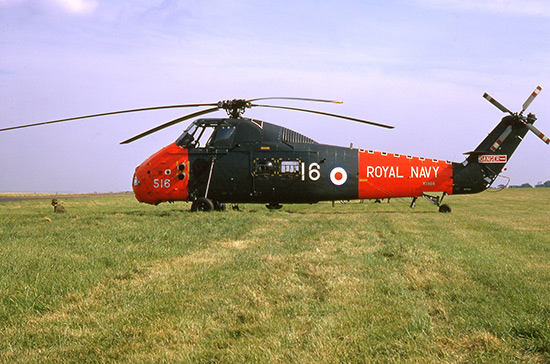
Wessex HAS.1 (WS-58) XS868 Biggin Hill August 1971 - Image courtesy of David Johnson
Wessex HC2
The HC2 was a utility version developed for the Royal Air Force. It was powered by twin RR Gnome engines. One prototype, converted from a HAS1, was followed by 73 production examples. Although their principle role was as a transport in support of the Army they were also used for Search and Rescue (SAR) and for advanced helicopter training.
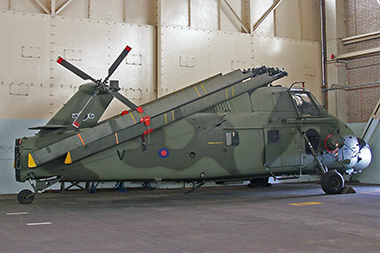
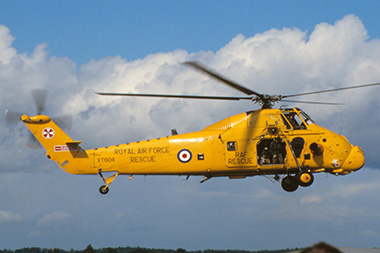
Wessex HC2 XR516 V 60 Sqn Shawbury 30 March 2006 and Wessex HC2 XT604 22 Sqn Farnborough September 1994 - Images courtesy of John Bradshaw
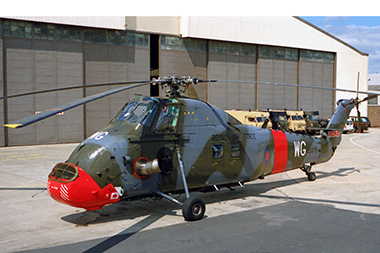
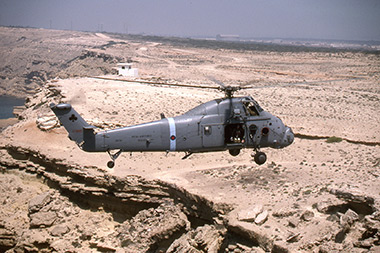
Wessex HC2 XS679 WG 2FTS Fairford July 1991 and Wessex HC2 XV730 84 Sqn - Images courtesy of John Bradshaw and Bob Archer
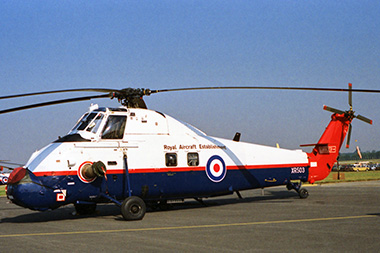
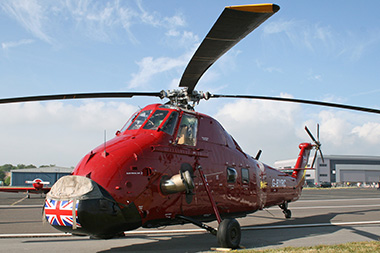
Wessex HC2 XR503 RAE Bedford Fairford July 1989 and Wessex HC2 G-BYRC (WA.539) ex XT671 Biggin Hill June 2010 - Images courtesy of John Bradshaw
Wessex HAS3
The HAS3 was an upgraded anti-submarine variant for the Royal Navy. Three new-build development aircraft were followed by 42 production re-builds of HAS1s. They retained the Napier Gazelle engine.
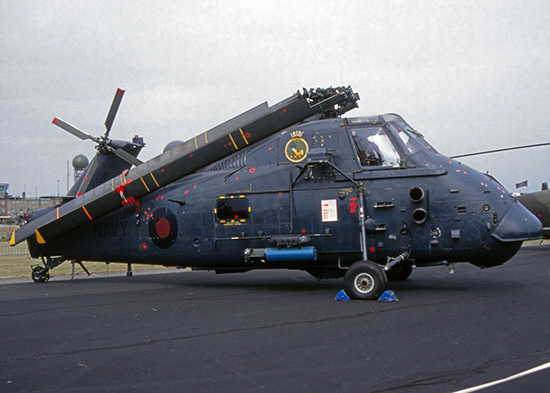
Wessex HAS3 XP142 Yeovilton 1994 - Image courtesy of David Johnson
Wessex HCC4
The HCC4 was a VIP transport development of the HC2. Two examples were built and were operated by The Queen's Flight and later 32 (The Royal) Sqn.
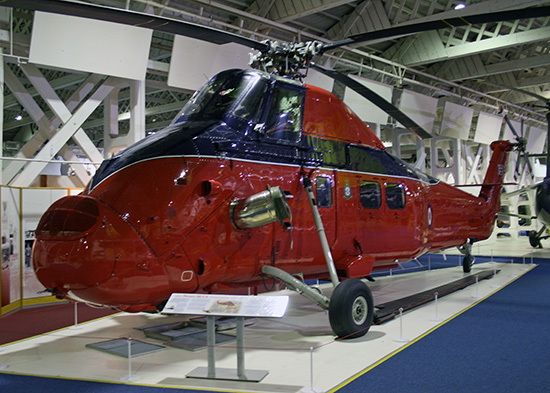
Wessex HCC4 XV732 RAF Museum Hendon - Image courtesy of John Bradshaw
Wessex HU5
The HU5 was a utility version for the Royal Navy developed from the HC2. One prototype was followed by 101 production examples. Their principle role was as a transport for the Royal Marines but 771 Sqn operated it in the SAR role. It was also operated by 84 Sqn RAF in Cyprus, designated HU5C.
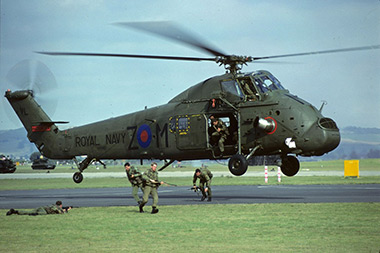
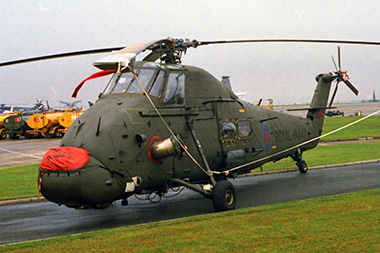
Wessex HU5 XT482 RN 707 Sqn August 84 and Wessex HU5 XS523 Culdrose 1984 - Images courtesy of Adrian M. Balch and John Bradshaw
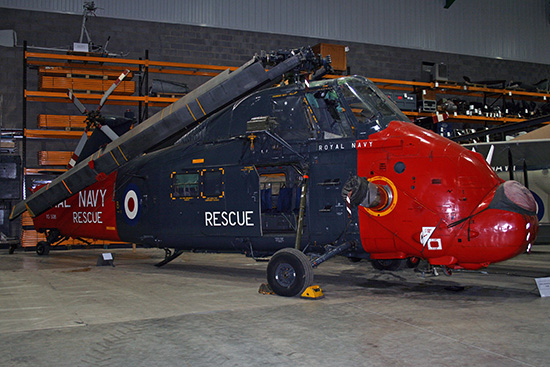
Wessex HU5 XS508 Fleet Air Arm Museum 2nd October 2009 - Image courtesy of John Bradshaw
Export Versions
In addition to the HAS31s for Australia, new-build or refurbished utility models were supplied to Bangladesh, Brunei, Egypt, Ghana, Iraq, Oman and Uruguay.
Wessex 60
A prototype civilian utility model was developed as the Wessex 60. The sole order received was from Bristow Helicopters for 16 aircraft to be used for oil industry support. Ironically, at the end of the operational life, several of the aircraft were used to represent US Marines UH-34s in the film Full Metal Jacket.
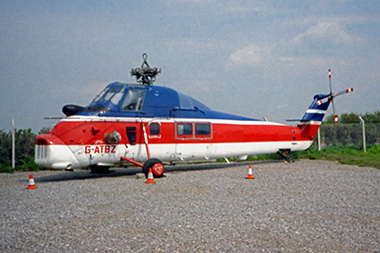
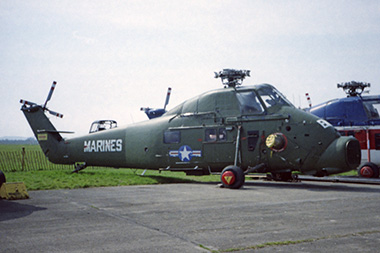
Wessex 60 G-ATBZ (WA.461) International Helicopter Museum 1989 and Wessex 60 G-ATBY (WA.460) International Helicopter Museum 1989 - Images courtesy of John Bradshaw




